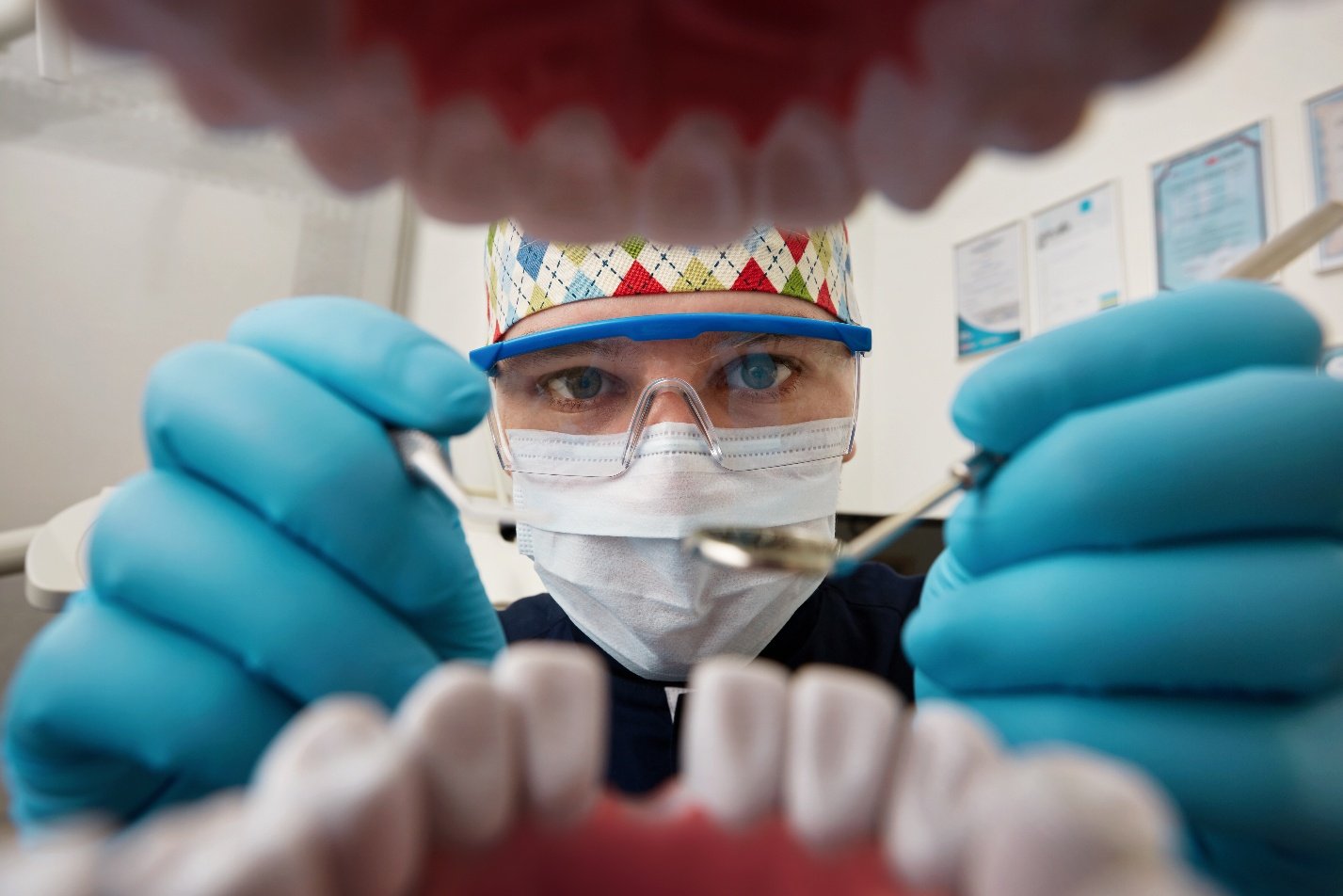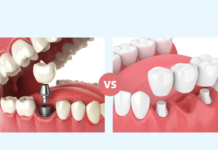Losing a tooth can feel overwhelming, but modern implant dentistry makes it possible to regain a natural-looking smile and confident bite. If you’re curious about what actually happens between the first consultation and the moment you walk out with a brand-new crown, this guide breaks everything down step by step. By the time you finish reading, you’ll know why implants work, how long each stage takes, and what you can expect along the way.
Why Implants Replace Roots
Your natural teeth stay firm because their roots stimulate the jawbone every time you chew. When a tooth is lost, that stimulation disappears and the bone slowly shrinks. A dental implant solves this problem by acting as an artificial tooth root made of titanium. Your implant dentist places the post into the bone, where it encourages healthy bone growth and keeps nearby teeth from shifting.
Because implants anchor directly in the jaw, they don’t rely on neighboring teeth for support the way a bridge does. That means the enamel on those teeth stays untouched, and you avoid future decay or sensitivity. If you’ve heard about bone grafting (see here for more details), don’t let the term scare you. In most cases, the extra bone material is simply added to give the implant better stability, and the process is often completed at the same appointment as the implant placement.
How Long Does Surgery Take?
A clear picture of the appointment length can help you plan your day and feel more at ease when you sit in the chair.
- The surgical visit is usually shorter and easier than first timers expect.
- Placing a single implant often takes 30 to 60 minutes.
- You’ll arrive, settle into the chair, and receive gentle numbing or light sedation-whichever level of comfort you and your dental team decide.
- The implant site is prepared, the titanium post is inserted, and a small healing cap is secured on top.
- Most patients describe the feeling as less intense than having a tooth pulled.
- After surgery, you’ll spend a brief time in the office for monitoring, then head home with clear after-care instructions.
- Mild swelling and tenderness are normal for a day or two, but over-the-counter pain relief and cold compresses usually keep you comfortable.
- Because this is oral surgery, plan to rest the first evening, but you can typically return to work or school the next day.
Healing and Osseointegration Explained
Now comes the most important phase-healing. Over the next three to four months, your bone fuses to the implant surface in a process called osseointegration. Think of it like two puzzle pieces locking together under your gums. During this time, you’ll eat softer foods, avoid chewing directly on the site, and visit your dentist for quick check-ups.
This healing window is also when many people first notice the hidden benefit of implants: they feel natural. Food doesn’t slip, and speech remains clear because the implant is anchored, not removable. It’s here, in the middle of treatment, that you’ll begin restoring your smile with dental implants–not just cosmetically but functionally as well. If you’ve ever worried about long-term success, keep in mind that implants boast success rates of 95 percent and higher when placed by trained professionals and maintained with good oral hygiene.
Temporary Tooth Options

While your implant heals beneath the gums, you don’t have to go through daily life with an empty space.
- You don’t have to go without a tooth while your implant heals. Depending on the position of the missing tooth and your lifestyle, your dentist can provide a custom temporary.
- Options include a small removable flipper, a bonded tooth held in place by your adjacent teeth, or a healed healing cap shaped to mimic the final crown’s emergence profile.
- Any of these choices let you smile, speak, and chew softer foods with confidence while the implant stabilizes.
- Choosing the right temporary depends on aesthetics, comfort, and the tooth replacement options available in your clinic.
- Talk openly with your dental team about your daily routine, and they’ll match you with a solution that fits your needs.
You can visit https://en.wikipedia.org/wiki/Removable_partial_denture for more information.
Final Crown Placement Steps
Once the implant is fully integrated, the really fun part gets to begin. Your dentist will take off the healing cap and then take a digital scan or impression. This digital image will inform the lab on the construction of the crown. The lab then ensures the new crown matches your bite, color, and surrounding dentition. Some offices even utilize digital milling technology to construct a crown all in the same visit! Given a more complex situation, the lab may need a little bit of time to design the restoration.
After a predetermined time, the dentist will attach a small connector called an abutment to the implant and place the crown. You will have an opportunity to test your occlusion; they will take a quick X-ray to see its seated before you walk out with a brand-new tooth that will function just like the rest of your smile. Just brush, floss and return for checkups every 6 months. This will maintain the implant and the health of your jawbone for years to come.
Dental implants have revolutionized replacing teeth by integrating science and artistry into a reliable and durable treatment option. Understanding the various stages of the process, from the consultation, surgery, healing and restoration stages is designed to remove uncertainty and replace it with confidence. Regardless of whether you lost one tooth or several, current modern science allows for long-term provision of a more stable and natural looking option to restore your life to a limitlessly laughable, chewable and livable existence without a second thought about your teeth!




